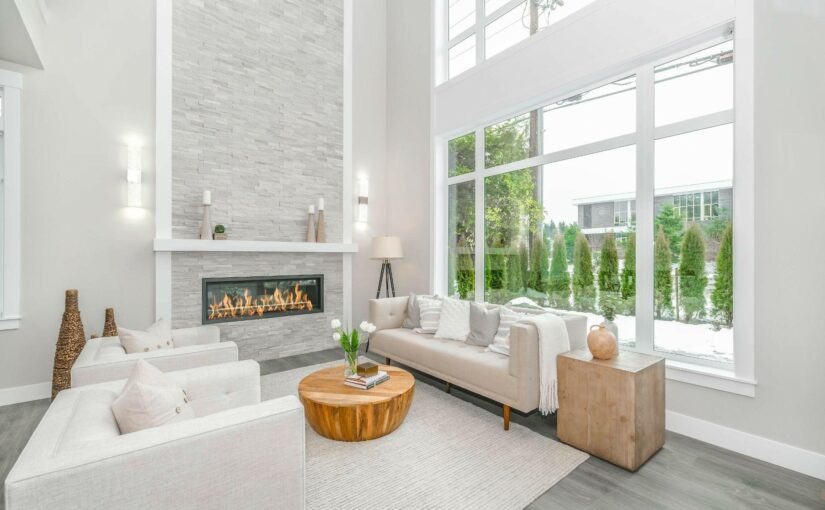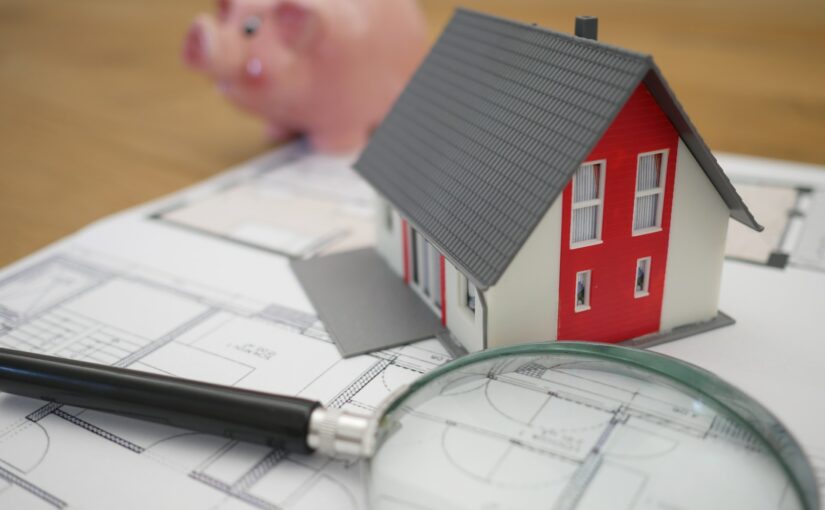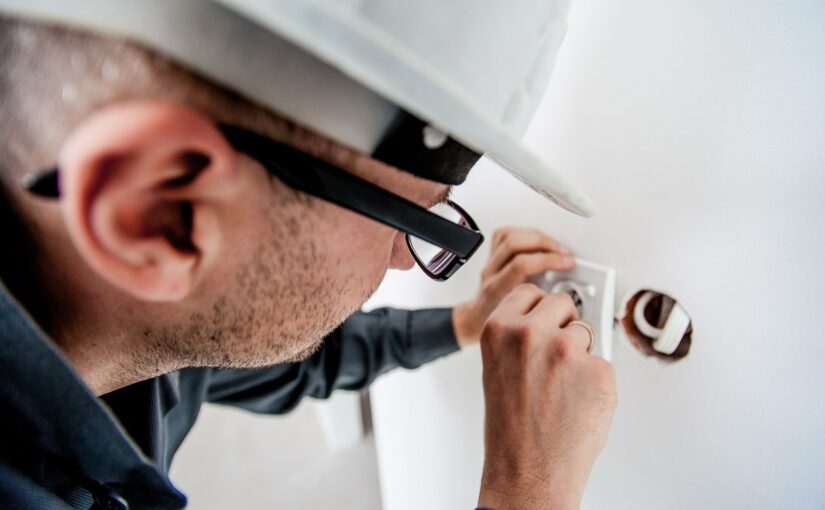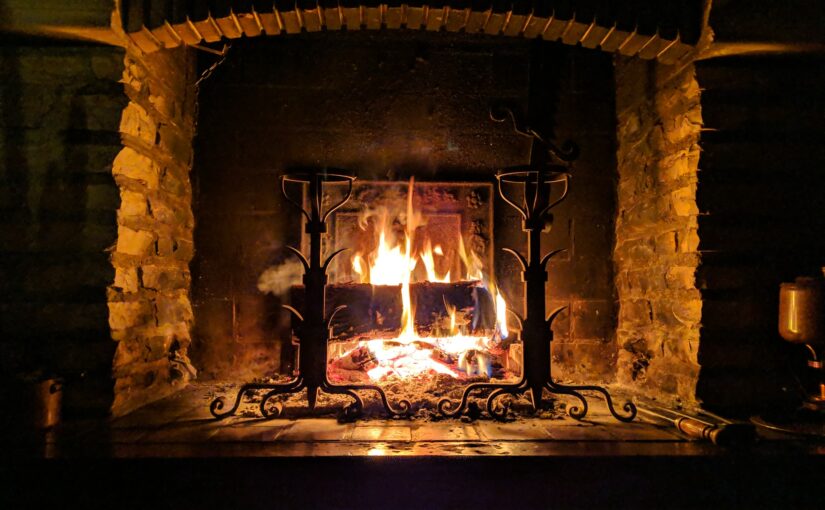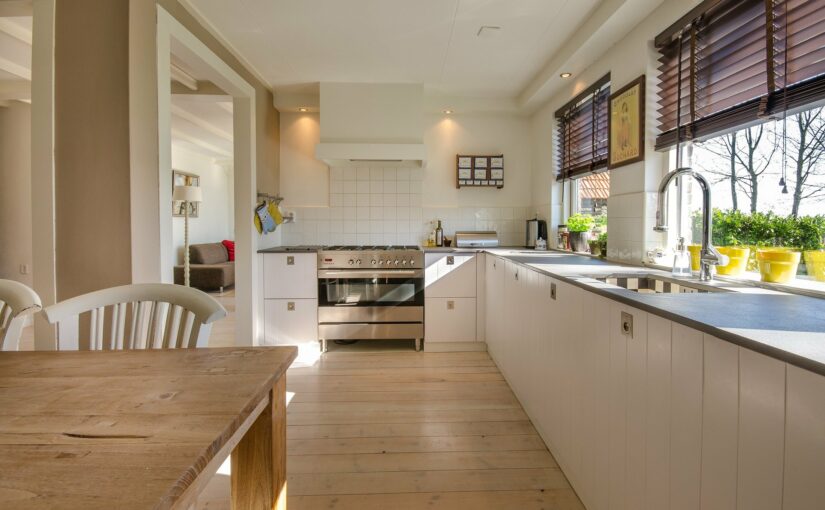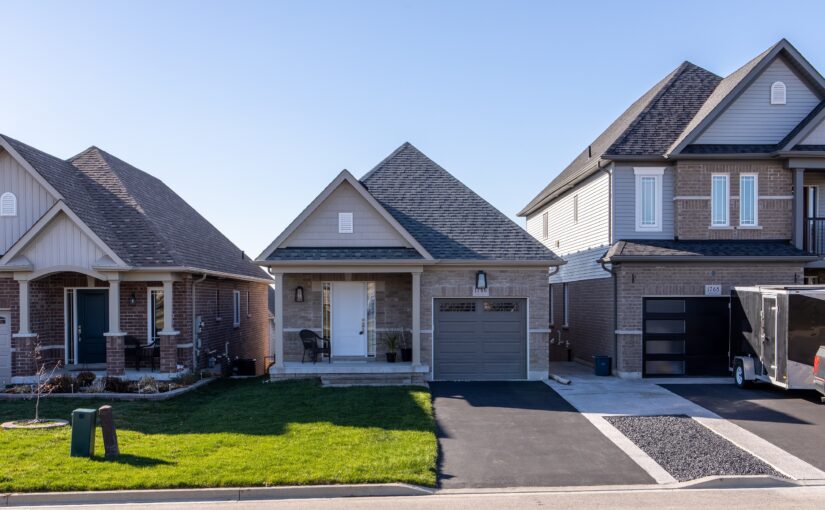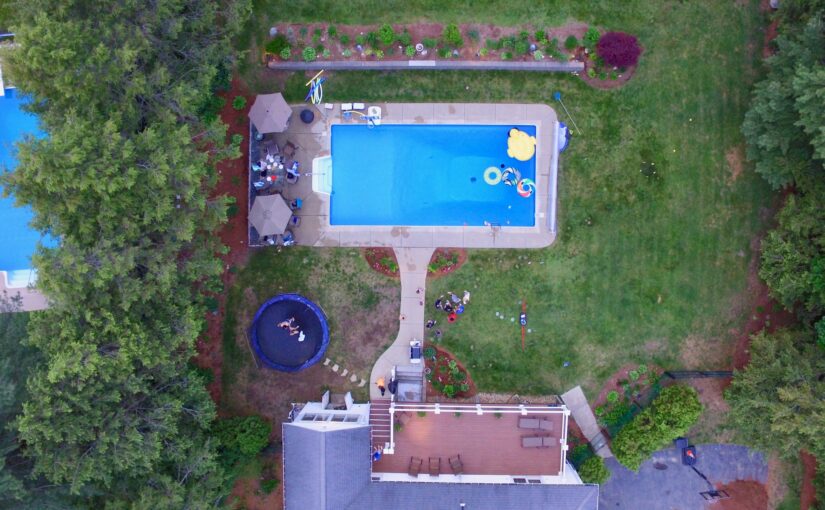If you are living in a small space, then you know how it feels like to look cramped and restricted in your square footage.
When you try to cram everything in a tiny space, it will feel claustrophobic and anything but restful. The struggle is real.
Fortunately, you can reinvent your space so that it will turn out to be a spacious, well-designed home. Here are nin home design tricks that will make your small living space look bigger in no time:
1. Use enough amount of lighting
A room will look larger if it is well-lit, either with natural or artificial lighting.
Remove heavy draperies and open up your windows more to let the light from the outdoors enter your space. Brightly lit rooms will feel more open, eliminating shadows that can make space look smaller.
If you can, place your most used pieces of furniture, such as your favorite sofa, near the window so that you will have a view of the outdoors.
If there is minimal light, you can install track lighting. These flexible track heads and bright light can act as a substitute for direct light.
2. Opt for larger decorations
Using small knick-knacks make a space look cluttered and a lot smaller.
Utilize the triangle rule and symmetry when styling vignettes on coffee tables, dining tables, nightstands, and so on. Limit the groupings of your decor items into 3 to 5, as well.
Remember that you do not need to place accents on every surface of your room. Allow space to “breathe” instead of filling it with unnecessary clutter.
Heavy, weighty pieces of furniture tend to take too much space. For instance, a sleek sofa chair will provide you with as much sitting room as its overstuffed counterpart.
If you want to add a huge statement piece, such as a piece of art, then hang it on the wall. Do not use up valuable living space by placing it on the floor.
3. Choose monochromatic colors
Another classic decor tip is to use lighter hues when painting a relatively small space.
Painting the walls and the trim of the room with the same color tends to draw the eye up, highlighting the ceiling, as well as the entire room.
Both cool and delicate warm color tones on most surfaces will give the room a more open look, because you’re creating contrast, building depth and illusion of a much bigger space.
4. Hang mirrors in your home
Want to instantly create large, open spaces? Well, that starts with careful placement of your mirrors.
By placing them across windows and doorframes, you will be able to catch a glimpse outdoors and other rooms in the house, making space look larger.
A small space should include mirrors to make a greater sense of openness. Not only do they tend to reflect the light, but they also reflect the view, tricking the eye to perceive more space than it has.
5. Use patterns and stripes
Decorating a small room can be challenging. But another trick here is to decorate it with stripes and patterns so that it will appear larger.
Stripes could trick the eye to thinking that a room is taller and bigger than it is. For instance, if you have a narrow hallway, throwing in a horizontal rug will make it look wider. Similarly, a striped carpet can make a room look longer.
Moreover, a lot of people think that they can only use small patterns when decorating a room, but the opposite is true. You can utilize bold prints on the farthest corner of the room to draw in the eyes, creating an illusion of a much bigger, larger room.
6. Choose parallel or diagonal flooring
The way your flooring is installed can also make a space larger. As a general rule, installing flooring like boards running parallel with the longest wall of the room instantly makes it look more spacious.
Another flooring trick is to install boards or tiles diagonally. Although it is not the standard thing to do, the eyes will be deceived that space is vaster.
7. Invest in transparent furniture
A piece of furniture that creates an illusion of space are the ones that are made of glass. Using clear or see-through furniture will make space look more open.
If you want a space to look more spacious, yet you have to bring in more furniture, then go for the ones that have a glass top or have glass on the sides.
8. Get rid of unnecessary items
When designing your space, pick items that have simple lines and shapes. Remove the visual clutter by buying larger furniture pieces instead of several smaller items.
You do not have to stick with the usual sofa and loveseat arrangement, either. You can pair a smaller couch with one or two chairs.
You can also get rid of any excess items, including accessories that help contribute to the visual clutter of a room. Try to stay away from smaller artwork and decor, large statement pieces can also make a room appear larger and create an accent.
9. Use Multifunctional furniture
You can take the minimalist approach to make your space appear spacious.
Start investing in multi-functional furniture. In other words, pick things that serve a dual-purpose, such as a sofa that has a pull-out storage space, or an ottoman that you can also be doubled for extra storage.
Identify which furniture you want to downsize so that you can free-up that extra space. For instance, you can replace your traditional bed with a pull-out sofa or a daybed that can also double as a sofa.
Having limited space, places a lot of restrictions on so many things. So, if you are having problems with having a small home space, you can always look for creative ways to try to bring out that extra space in a room or at least create an illusion of a much bigger space.
About the Author:
Jacky Xu is the Chief Operating Officer at Maid Sailors Maid Service Austin. Maid Sailors takes pride in providing unparalleled cleaning services at affordable prices and will help transform your house into a home.
